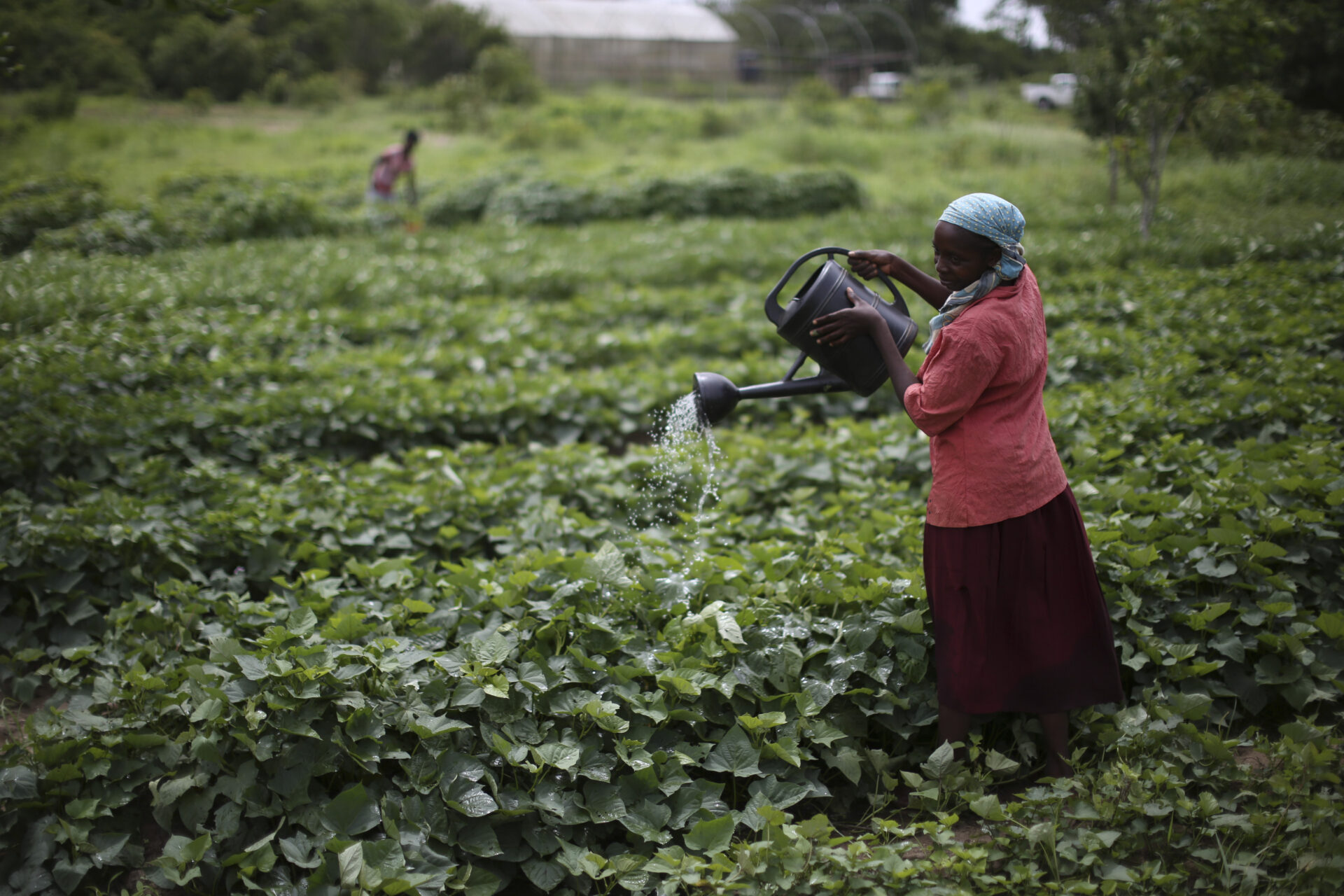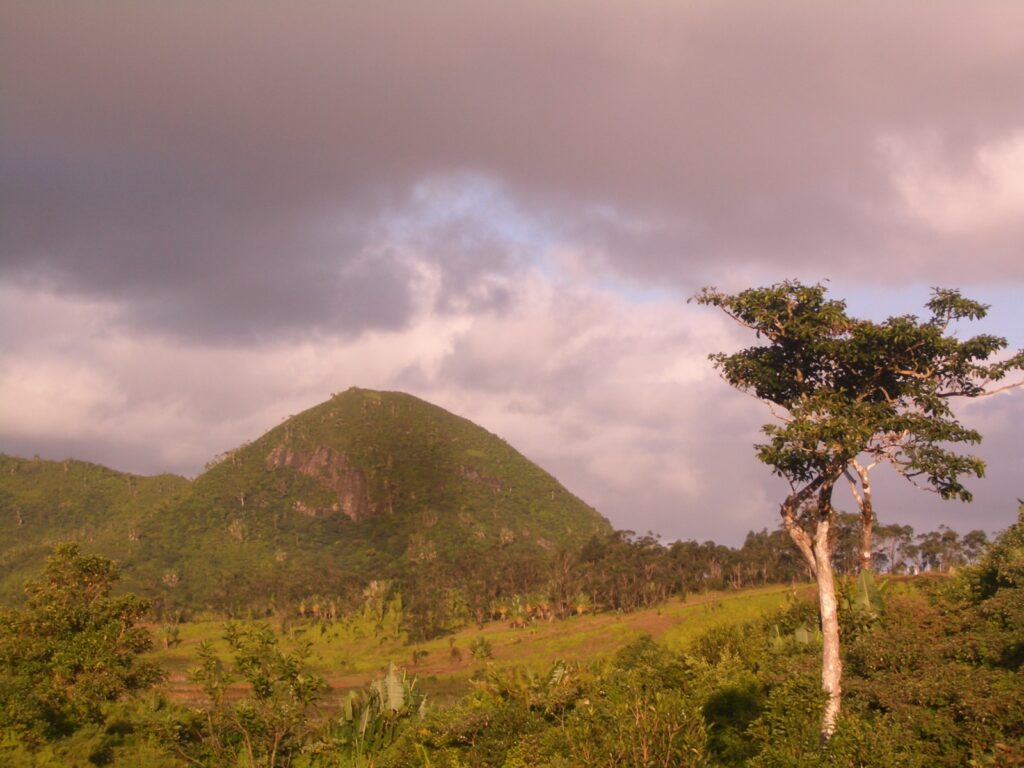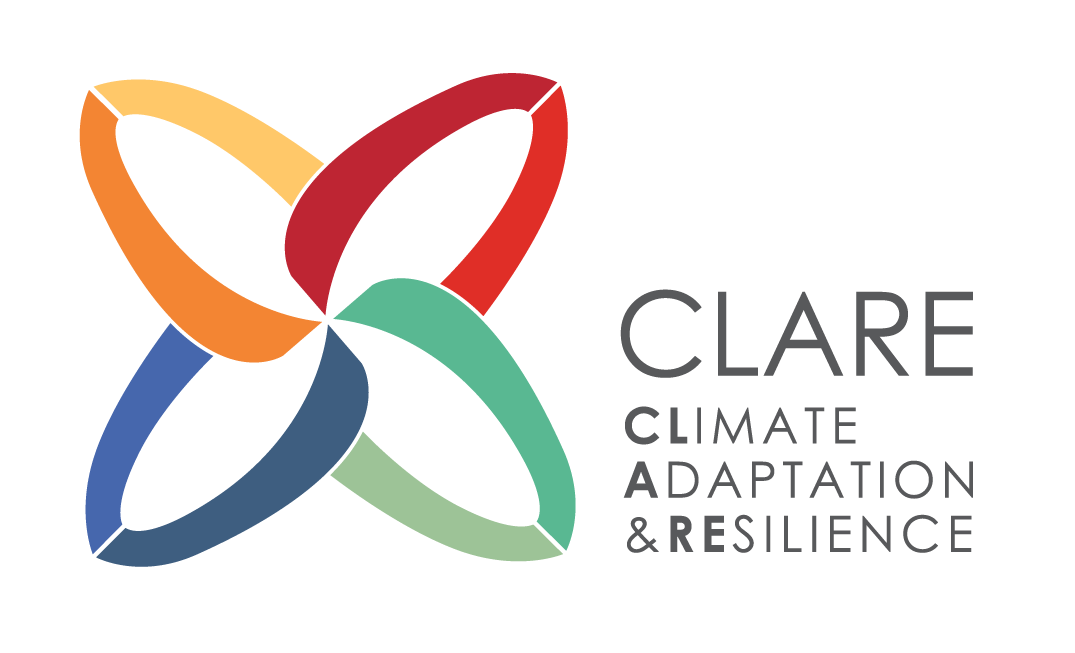
Decision support for climate risk preparedness – towards gender-responsive crop insurance in West Africa (GRIN)
Introduction
The savannah region in Nigeria and Ghana are critical to domestic food production, yet also susceptible to drought. Smallholder farmers tend to adopt ‘low-risk, low return’ strategies which favour low yields and keep households locked in poverty. Weather index-based insurance offers the potential to encourage higher incomes yet is limited by availability of detailed information to inform farmer choice and payout options. This project proposes to work across several communities to collect data on household exposure to, and attitudes towards, the climate risks of drought and crop failure, as well as farm-level decision making and the potential for crop insurance. Detailed weather will be analyzed to refine the design of insurance products including payment thresholds and amounts. The project team will work with stakeholders—communities, meteorological offices, and private sector actors—to explore the factors influencing uptake of insurance.
The project will examine the gendered vulnerability of smallholder farmers and analyse preferences for weather and climate forecasts, in order to pilot gender-responsive crop insurance and enhance its uptake bundled with weather information. The project will be undertaken by the West African Science Service Centre on Climate Change and Adapted Land Use (WASCAL) based in Ghana working in collaboration with the Federal University of Technology, Akure (FUTA) based in Nigeria. This project is part of the Climate Adaptation and Resilience initiative (CLARE) co-funded by the UK’s Foreign, Commonwealth and Development Office and IDRC. CLARE aims to enable inclusive and sustainable action to build resilience to climate change and natural hazards for people across Africa and Asia-Pacific.

Context
Climate change threatens to reduce crop yields due to rising frequency of extreme heat events, low rainfall amounts, and high rainfall variability. Smallholder farmers require climate risk preparedness based on accurate weather information services and crop insurance options which allow them to adjust their farming practices and protect their incomes ahead of future hazards.
Government officials and private sector actors have identified a need for climate-smart insurance to protect crop yield losses based on reliable weather and climate forecast and agro-advisory information. Global efforts seek to increase such insurance coverage by up to 500 million farmers by 2025. Early evidence shows that insurance payouts can enable households to recover from climate shocks and avoid negative coping strategies such as distress sales of assets. “Index-based” insurance has been piloted to triggered payment based on predetermined weather events, such as lack of rainfall. Nigeria seeks to increase insurance coverage seven-fold, to 3.8 million farmers, yet actual uptake remains low as recent trials reveal that payouts do not reliably cover farmers’ losses due to knowledge gaps in sub-seasonal-to-seasonal (S2S) weather forecasts. In Ghana, a group of 15 insurance providers seeks to drive crop insurance for smallholder farmers, while the UK-based charity Opportunity International piloted weather-index crop insurance in 2021 to cover 80% of the value of the losses to drought. Yet as in Nigeria, uptake remains low as farmers’ lack of trust in how insurance providers calculate payouts. Both countries are further constrained by deficiencies in weather and climate information.
This project seeks to fill such knowledge gaps by determining and piloting forecast timescales that would accurately predict crop yield losses through automated weather stations, access to satellite data, and providing farmers with real-time data to enhance the viability of insurance. Given the prevalence of women-run farms, potential solutions need to be gender-responsive. Climate change affects diet quality and nutrition adversely and these effects are unevenly distributed among men and women. Extreme weather conditions decrease crop yields that supply essential nutrients such as folate, thiamine calcium and pyridoxine especially among pregnant women leading to maternal malnutrition. Research further shows that while weather-related crop failure reduces food production and consumption levels for households, the reduction is greater among households headed by widowed, divorced, separated or single women.
Approach and Methods
The project aims to integrate gender considerations into climate resilient interventions in West Africa to develop and implement gender-responsive weather index insurance combined with trusted weather forecast information. The key research questions addressed are: How can gender hotspot vulnerability mapping serve as decision support for gender-based climate risk preparedness? Could risk be minimized through drought index-based crop insurance? What drought risk forecast information is most useful for preparedness decisions? Will gender-inclusive insurance increase risk-pooling and uptake across the value chain, including farmers, insurance and financial service providers?
In general, the project intends to use mixed methods of quantitative and qualitative data analysis drawing from statistical analysis, econometric modelling, and system analyses to inform the design of crop insurance products. Underpinning the approach is a focus on the gendered vulnerability of smallholder farmers to climate change and extreme events.
The project will be implemented in select communities of smallholder farmers across the savannah belt of central Nigeria and northern Ghana, aiming for a total sample size of 720 respondents. Primary data will be collected through household-level interviews using a semi-structured questionnaire addressing farming decisions and attitudes towards drought index microinsurance products. Data collection will gather socioeconomic characteristics, knowledge and attitudes to climate risks, extent of exposure, sensitivity and adaptive capacity, extent of use and preferences for climate forecasts information, and factors influencing potential uptake of crop insurance. These household-level interviews will be complemented by distinct focus groups with women and men farmers to explore the potential of gender-responsive financial services, as well as who accesses and uses climate information in decision making. Further key informant interviews will involve actors in the insurance value chain, including meteorological and agricultural extension officers, mobile telecommunication operators, and insurance underwriters (Veritas Assurance and Nigeria Incentive-based Risk Sharing Agricultural Lending, NIRSAL).
Secondary data analysis will review the 30-year period between 2022 and 1992 to examine rainfall, soil types, and crop yields and prices for maize, rice and sorghum. Data will be sourced in each country from the national meteorological agency, rural development ministry, national statistics bureau, Ghana’s Council for Scientific and Industrial Research (CSIR), and International Crops Research Institute for the Semi-Arid Tropics (ICRISAT). Remote sensing data will be downscaled from European Centre for Medium-Range Weather forecast (ECMWF) and combined with seasonal forecasting prepared by the project team to specify rainfall parameters. Mobile telecommunication operators will be engaged to share weather forecast information and agro-advisory services. Together the above methods will feed into refining the design of index insurance products. Whereas the calibration of such indices usually requires long-term data on crop yields and rainfall, the project team will examine the potential for basing such indices on the limited data available in the project sites.
Expected Results
The project anticipates expected results under four distinct activities:
- “Gendered hotspot vulnerability” is expected to generate a desk review of literature, develop a framework for gender hotspot mapping, a manual for project implementation, the survey data collection instrument, gendered-disaggregated data on vulnerability in the project sites, and construction of gendered-vulnerability indices.
- “Preferences for climate information” is expected to generate a report on gendered access to agro-climate information services, establish user needs of weather information for drought risk preparedness decisions, and evaluation of the perceived benefits of access, use and outcomes of such climate information services (such as daily weather, seasonal climate forecasts and early warnings).
- “Piloting gender-smart drought index crop insurance” is expected to analyse awareness and uptake of gender-based weather index-based insurance, produce a baseline on drivers and potential uptake by key stakeholders, use sub-seasonal-to-seasonal (S2S) forecasts to calibrate indexes for yield losses, install automatic weather stations and sensors to monitor dry spells and extent of rainfall deficits, calibrate indexes for maize/millet/sorghum, and determine the gendered impacts of insurance bundled with agro-climate Information services.
- “Capacity for uptake climate smart interventions” is expected to enhance the ability of farmers, insurance and finance providers, and extension personnel in using climate information services in decision making, prepare training manuals on advisory weather information and services, and deliver webinars and videos on early warning to guide farmers and users.
Lead Organizations
CLARE Partners
Contacts

